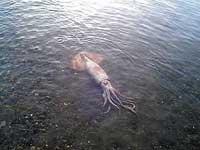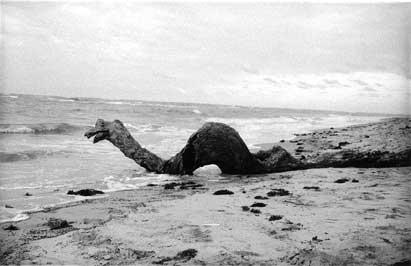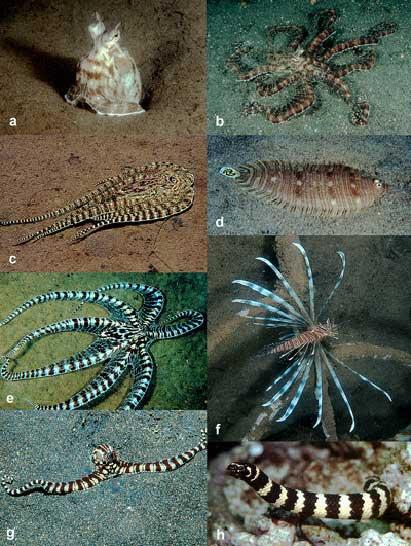Krakena: from legend to reality?
2004/04/01 Garin Barrio, Ion Iturria: Elhuyar aldizkaria
As big as unknown
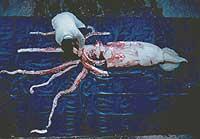
In most villages on the Scandinavian coast, the giant chipirón is called kraken. According to the sailors, this monster was feeding on fish, returning to long 'breaks' before catching the fish, where it attracted the fish with excrements.
Although at first it was thought that the animal was the result of the imagination of the sailors, then they realized that behind that legendary monster a real animal was hidden.
In fact, when several beaches discovered several remains of the giant chipirón, naturalists realized that at the bottom of the sea there was a life of enormous size. Finally, in 1856 Johannes Japetus Smith Steenstrup gave a generic name to those living beings on the seabed: Architeuthis. With this name, science recognized the existence of the giant chipirón.

On 17 November 1861, the sailors of the French warship Alecton met a gigantic chipirón in the northeast of the island of Tenerife, off the coast of Anaga. However, the efforts of the sailors of the boat were not enough to pack the chipirón, which was cut in two parts.
By then it was clear that the giant chipirón was real. However, since then this animal has not lost the magic of myth, perhaps the inability to see Architeuthis with our eyes has made it look even more anxious.
Julio Verne himself was fascinated by this animal and in a passage from one of his best-known novels he explained a battle between the giant cephalopod and the Nautilus scuba diving. By the time the book was published, the existence of this animal was not questioned, since the 11.5 centimeters peak discovered in 1856 discarded all the doubts of that moment.
Fighting with the Sperm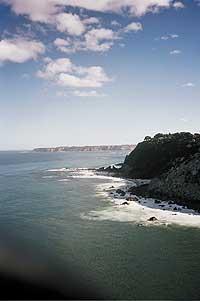
Although the giant chipirón is the largest live invertebrate, it is one of the most important preys of some marine mammals. Despite being a large animal, it is believed to be a deficient swimmer, due to its small fins.
An animal with few movements, is a very easy prey for mammals with strong jaws, so it is believed that in the dark seabed there are large clashes between the sperm whale and the giant chipirón. This spectacular event is reflected in the ring marks seen around the sperm whip. In addition, in the belly of several sperm whales have been found peaks of giant chipirón that can not be digested.
The ring marks that have been seen around the sperm whip are those made by the giant chipirón. And the giant chipirón uses as a mechanism of protection the suction cups that has in its two longest tentacles to combat the attacks of the sperm whale.
However, experts know little about this animal and how many species are part of its cosmopolitan genus.
A 20-meter-long animal can weigh 1,000 kilograms. It is an animal that, despite living in the area of warning, has the optical organs or the largest eyes: They can have a diameter of 50 centimeters like a basketball. It has a peak of 15 centimeters to break the small cod or other fish and crustaceans it obtains with its tentacles. Cephalopod of ten tentacles with eight 'short' tentacles and two long tentacles of more than 10 meters high.
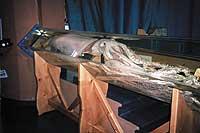
The skin of the giant chipirón is reddish brown, but it can change color through pigmenting cells called chromatophores. For most teutologists, giant chipirón is a solitary animal that is associated only to reproduce with living beings of the same species. In addition, it gives most of its life in the abyssal part, between 500 and 1,500 meters deep.
The life in the optical layer makes the ink bag so used in cephalopods have no functionality, so it has a very small ink case. He lives very little time, dies at the age of five, but has the highest rate of growth of the animal kingdom, supposedly the giant chipirón grows one centimeter a day.
The male, through a ugal organ called a hectocophile, introduces sperm into the female. The female is able to control her death and waits until the last moment to release the larvae. After reproduction both male and female die.
Where is it?Although today the news related to giant txipyron has reached great popularity, few scientists launch their search for deep and dark waters. The most well-known and reliable expeditions are three, with a lot of grants and advanced equipment. In two of the three expeditions work two English scientists, motivated by the passion for the ancestral finds of the Anglo-Saxons, while the third important expedition, composed of Spaniards, works under the name of Krak project after the giant Chipirón.
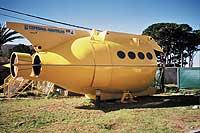
However, the most spectacular effort was made by scientist Clyde Roper of the Smithsonian Institute in summer 1999, in the Kaikoura cave in New Zealand. Aware that the main predator of the giant chipirón is the sperm whale, he placed on the back of the sperm whales special cameras (critter cam cameras) to obtain images of the giant chipirón. But the sperm whales realized they had something on top and broke the cameras. To do this, some used the bodies of other sperm whales, and another also used the own boat used for sampling, with all the scientists looking with rage and impotence.
There were other attempts. Scientist Steve O´Shea launched a less prestigious project, also in New Zealand. Knowing that the giant chipirón leaves its larvae normally in the photic part, the biologist tried to get them to analyze them. Although it once seemed a very suitable project, from a practical point of view the project was unviable. He seized the so-called larvae, but soon they all died. The pressure on the environment in which these animals live is enormous and the simulation of these conditions is very expensive and expensive.
Finally, the Krak project was recently launched on Carrandi Street, 25 miles northeast of Gijón. In September 2001, sampling sites and techniques were studied and one year later the images were collected. To do this they placed three cameras attached to buoys forming an imaginary triangle in the sea. The cameras went down to the bottom of the sea and analyzed the recorded images. Despite the importance of the information obtained, they also found no trace of giant chipirón.
Search not completed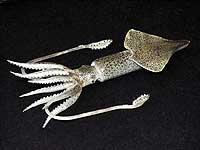
Although the results obtained to date have not been very satisfactory, the intention to obtain an image of this seabed cephalopod has not been suspended. Next summer the biggest campaign in history is being prepared on the coast of New Zealand. To do this, two Anglo-Saxon scientists come together to obtain the first images of the animal. After using pheromones to attract the chipirón, through cameras prepared for this trial, we will try to obtain more information about the seabed.
Stories of the giant chipirón XIX. It reminds me of the expeditions or adventures of the Anglo-Saxons of the 20th century. The kings and leaders of that time sent adventurers, naturalists, botanists and archaeologists in search of new places or things: from the discovery of the secret gateway of Babylon to the special excavations of the Egyptian area, the adventurous expeditions of the Antilles and trips around animals of legend.
It has always been said that the Anglo-Saxons are adventurous. They have wanted to find any place or thing and will not give in until they find live or film one of the most fascinating animals of the immense seabed. Until then, we must conform to convictions and copies destroyed on the coast.
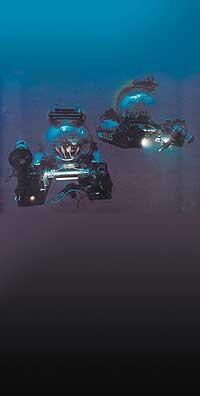
As with other things, we know more about any planet that is millions of miles away than our planet Earth, and we forget that we have many places on our planet to meet us. 70% of planet Earth is covered with water and a small part of the total has been investigated. As the water in the oceans and seas darkens, ignorance increases, so it can be said that as the sun's rays disappear into the water, our ignorance increases to an equal or greater degree.
From a scientific point of view, this ignorance can be described as serious. In addition to carrying out and proposing deeper projects and research on an important part of the planet, institutions should provide greater subsidies, as knowing what is on the seabed is a great step forward.
One of the precious stones of this environment that we have not known or studied is the giant chipirón, the cephalopod of the genus Architeuthis, the largest invertebrate in the world. However, no one has yet achieved the image of this animal.

Gai honi buruzko eduki gehiago
Elhuyarrek garatutako teknologia



